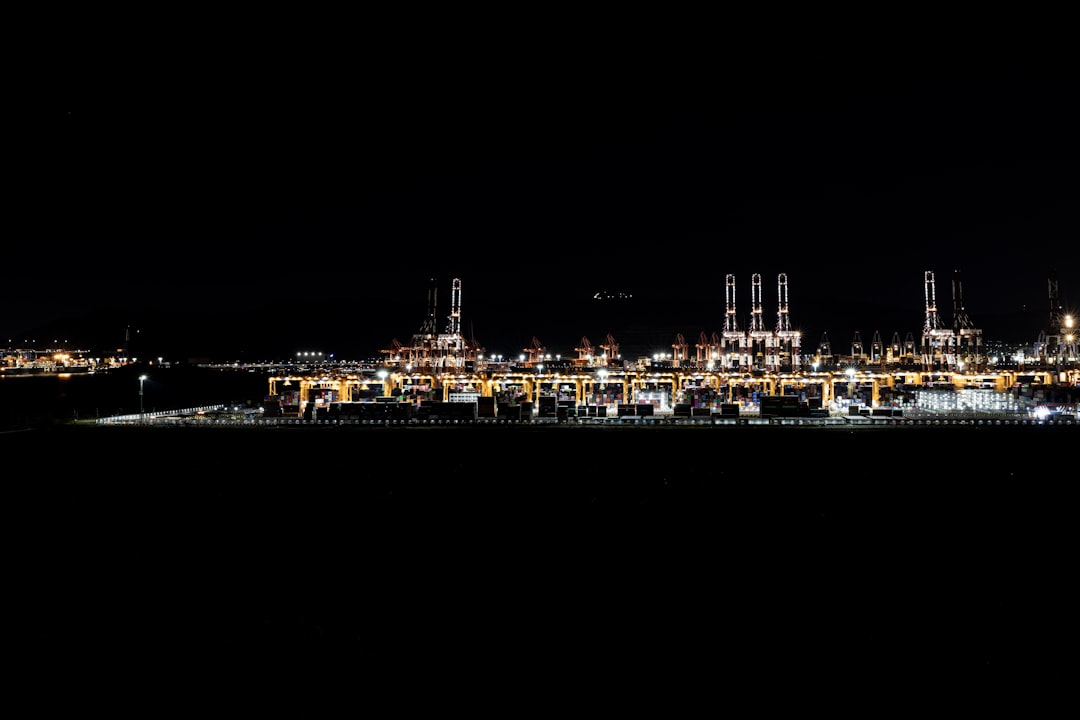Liquefied Natural Gas (LNG) pipelines represent a critical component of global energy infrastructure, enabling the safe and efficient transportation of this crucial fuel source. However, the unique challenges posed by transporting cryogenic liquids necessitate stringent specifications for pipeline design, construction, and operation. This post delves deep into the key aspects of LNG pipeline specifications, providing a comprehensive overview for engineers, policymakers, and anyone interested in this vital energy sector.
1. Material Selection: The Foundation of Cryogenic Strength
The extreme low temperatures involved in LNG transport (-162°C) demand materials with exceptional cryogenic properties. Standard steel pipelines are unsuitable due to the risk of brittle fracture at such low temperatures. Therefore, LNG pipelines primarily utilize specialized materials designed to withstand these harsh conditions. These include:
- 9% Nickel Steel: This alloy exhibits excellent toughness and ductility at cryogenic temperatures, making it a popular choice for LNG pipelines. Its strength and resistance to brittle fracture are crucial for ensuring pipeline integrity.
- Austenitic Stainless Steels: These steels, known for their non-magnetic properties and resistance to corrosion, are also used in LNG pipelines, particularly in sections requiring higher corrosion resistance or specific weldability characteristics.
- Aluminum Alloys: While less common than steel alloys, aluminum alloys are sometimes considered for specific applications due to their lightweight nature and good cryogenic properties. However, their lower strength compared to steel limits their usage.
The selection of the appropriate material is influenced by factors such as pipeline diameter, operating pressure, environmental conditions, and cost considerations. Rigorous material testing and quality control are essential to guarantee the long-term performance and safety of the pipeline.
2. Design Parameters: Balancing Pressure, Temperature, and Safety
LNG pipeline design involves meticulous calculations to ensure safe and reliable operation. Key design parameters include:
- Pipe Diameter and Wall Thickness: These are determined based on the required flow rate, operating pressure, and the chosen material’s mechanical properties. Thicker walls are needed to compensate for the increased stress imposed by cryogenic temperatures and internal pressure.
- Operating Pressure: LNG pipelines operate under high pressure to maintain the liquid state of the gas. Design specifications must account for pressure fluctuations and ensure the pipeline can withstand maximum operating pressure without compromising integrity.
- Thermal Insulation: Maintaining the cryogenic temperature of the LNG is crucial to prevent vaporization. Effective thermal insulation is essential, typically achieved through layers of specialized materials like polyurethane foam or vacuum insulation.
- Stress Analysis: Sophisticated computer modeling is employed to analyze stress levels within the pipeline under various operating conditions. This helps identify potential weak points and optimize the design for maximum safety.
These parameters are carefully integrated to ensure the pipeline’s structural integrity and operational efficiency while minimizing the risk of leaks or failures.
3. Construction and Installation: Precision and Safety Protocols
The construction and installation of LNG pipelines demand rigorous adherence to safety protocols and quality control measures. Key aspects include:
- Welding and Inspection: Welding is a critical process in pipeline construction, and stringent quality control is essential to prevent defects that could compromise the pipeline’s integrity. Advanced non-destructive testing (NDT) methods are used to inspect welds for flaws.
- Pipeline Routing and Alignment: Careful planning of the pipeline route is crucial to minimize environmental impact and avoid potential hazards. Precise alignment is vital to ensure smooth flow and reduce stress on the pipeline.
- Leak Detection Systems: Sophisticated leak detection systems are incorporated to monitor the pipeline for any leaks or pressure drops. These systems provide early warning of potential problems, allowing for timely intervention.
- Environmental Protection: Stringent environmental regulations must be followed during construction to minimize the impact on the surrounding ecosystem. This includes measures to protect water bodies, sensitive habitats, and air quality.
The entire construction process is meticulously documented and audited to ensure compliance with safety standards and regulatory requirements.
4. Safety and Regulatory Compliance: Minimizing Risk and Ensuring Reliability
Safety is paramount in LNG pipeline operations. Strict regulatory frameworks govern the design, construction, operation, and maintenance of LNG pipelines. Key aspects of regulatory compliance include:
- Risk Assessment and Management: Thorough risk assessments are conducted to identify potential hazards and develop mitigation strategies. This involves considering factors such as natural disasters, human error, and equipment failures.
- Emergency Response Plans: Comprehensive emergency response plans are developed and regularly tested to ensure preparedness for various scenarios, such as leaks, fires, or explosions.
- Regular Inspections and Maintenance: Periodic inspections and maintenance are essential to identify and address potential problems before they escalate. This includes both internal and external inspections using advanced techniques like in-line inspection tools.
- Adherence to International Standards: LNG pipelines are typically designed and constructed in accordance with internationally recognized standards, such as those published by ISO and API.
Continuous monitoring and improvement of safety procedures are vital to minimize risks and ensure the reliable operation of LNG pipelines.
5. Future Trends: Innovation and Sustainability in LNG Pipelines
The LNG pipeline sector is constantly evolving, driven by the need for improved efficiency, sustainability, and enhanced safety. Future trends include:
- Advanced Materials: Research and development efforts are focused on developing new materials with even better cryogenic properties, higher strength, and improved resistance to corrosion.
- Smart Pipeline Technologies: The integration of smart sensors and data analytics is enhancing monitoring capabilities, enabling predictive maintenance, and improving operational efficiency.
- Reduced Environmental Impact: Sustainable practices are being adopted to minimize the environmental footprint of LNG pipelines, including the use of recycled materials and reduced energy consumption during construction and operation.
- Improved Leak Detection and Repair Technologies: Advanced leak detection technologies and robotic repair systems are being developed to enhance safety and reduce downtime in the event of a leak.
These advancements are paving the way for safer, more efficient, and environmentally responsible LNG pipeline systems.
In conclusion, LNG pipeline specifications are complex and multifaceted, encompassing material selection, design parameters, construction techniques, safety regulations, and future innovations. A deep understanding of these specifications is crucial for ensuring the safe and reliable transportation of this vital energy resource.
Tags: LNG pipeline, pipeline specifications, cryogenic pipeline, LNG transportation, pipeline safety




